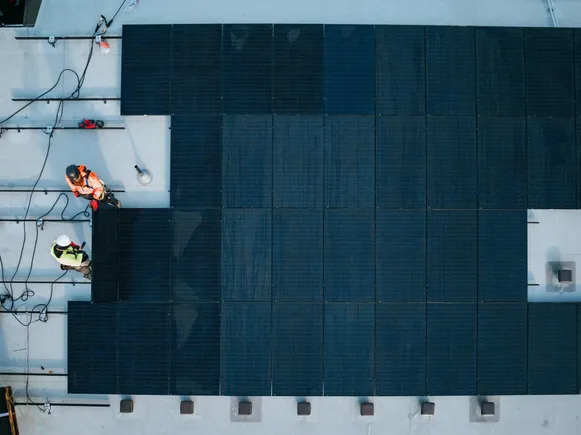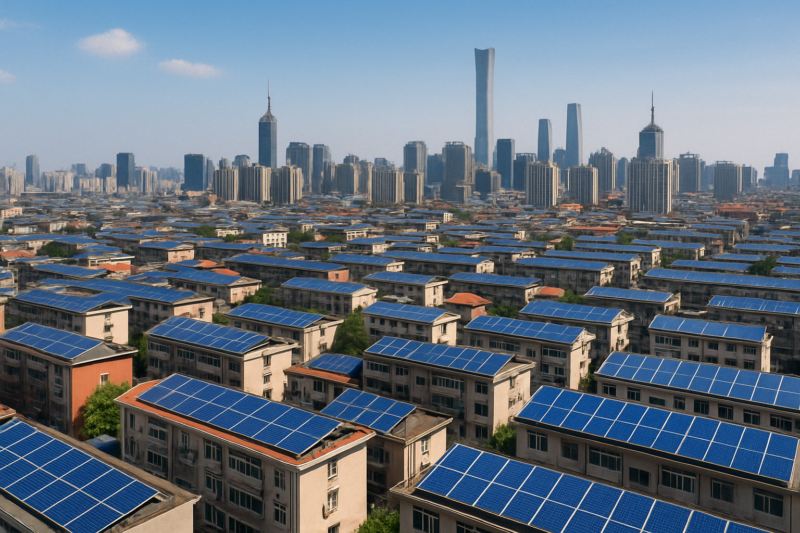Intermediate‐Phase Homogenization Through Intermolecular Interactions Toward Reproducible Fabrication of Perovskite Solar Cells
Advanced Energy Materials, EarlyView.

In this work, an intermediate-phase homogenization approach is presented to regulate the multi-phase evolution during film formation by using TR-2-BA additive. The controlled formation dynamics enhance film homogeneity and crystallinity, leading to a significant decrease in defect density. The best-performing cell delivers a PCE and an FF of 25.24% and 84.73%, respectively.
Abstract
Perovskite solar cells, known for high efficiency, low-cost production, and excellent optoelectronics, have drawn significant interest in the photovoltaic research community. However, the fabrication of these devices faces challenges of environmental sensitivity and variability during the manufacturing processes, leading to unsatisfied product yield. Herein, an intermediate-phase homogenization approach is presented to regulate the multi-phase evolution during film formation by using tris(2-benzimidazolylmethyl)amine (TR-2-BA) additive. It is shown that the intermolecular interaction of TR-2-BA to solvent molecules effectively inhibits the formation of diverse solvated intermediates, like PbI2·Dimethyl sulfoxide (PbI2·DMSO) and δ phase, and thereby results in homogenizing the (Formamidinium)2·Pb3I8·2DMSO ((FA)2·Pb3I8·2DMSO) intermediate phase, which enhances the consistency of nucleation and growth behaviors. The controlled formation dynamics improve the film uniformity and crystallinity, along with a notable reduction in defect density. Consequently, devices fabricated using TR-2-BA achieve a fill factor (FF) of up to 84.73% and a power conversion efficiency (PCE) of 25.24%. Statistical results from 120 devices prepared across different batches and seasons present that the strategy decreases the standard deviation of device efficiency from 0.74% to 0.38%. This work provides a novel approach for the reproducible fabrication of high-quality perovskite solar cells under varying conditions.

































































































































































.jpg)








